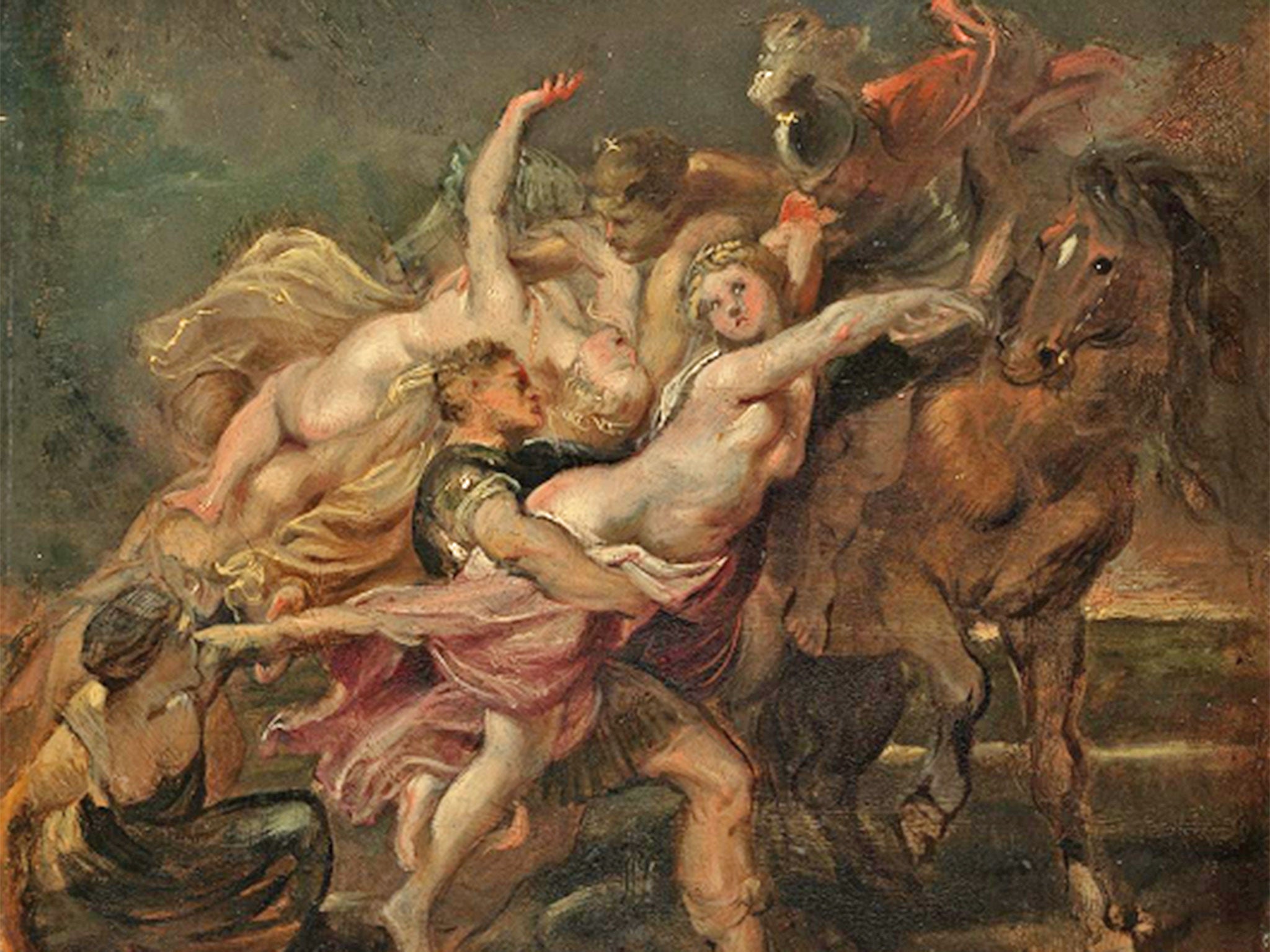Major new Rubens exhibition will feature newly discovered work

Your support helps us to tell the story
From reproductive rights to climate change to Big Tech, The Independent is on the ground when the story is developing. Whether it's investigating the financials of Elon Musk's pro-Trump PAC or producing our latest documentary, 'The A Word', which shines a light on the American women fighting for reproductive rights, we know how important it is to parse out the facts from the messaging.
At such a critical moment in US history, we need reporters on the ground. Your donation allows us to keep sending journalists to speak to both sides of the story.
The Independent is trusted by Americans across the entire political spectrum. And unlike many other quality news outlets, we choose not to lock Americans out of our reporting and analysis with paywalls. We believe quality journalism should be available to everyone, paid for by those who can afford it.
Your support makes all the difference.A major new exhibition focused on old master painter Peter Paul Rubens in London is to include the recent “big discovery” of a genuine work, which had been written off as a fake for six decades.
The Royal Academy of Arts is to stage the first UK exhibition concentrating on the influence of the Flemish painter who died in 1640, which opens in January.
Nico Van Hout, curator of the exhibition, discovered the small panel titled The Rape of the Daughters of Leucippus on a chance trip to the National Museum of Art Architecture and Design in Oslo and was convinced it was by Rubens.
“It’s not normally the first place you would look for old masters,” he said. “We discovered this in a dark corner of the room.”
The work is believed to have been painted in 1610 or 1611 and is the first time Rubens covered the subject matter he returned to most famously less than a decade later in the painting of the same name that hangs in the Alte Pinakothek in Munich.
The work was declared a fake by eminent Rubens scholar Julius Held in 1950, and Mr Van Hout said no one had questioned it since.
“It was amazing when I saw it,” he said. “I’m convinced it’s genuine as are many of my colleagues. Otherwise I wouldn’t put it in the exhibition.”
Join our commenting forum
Join thought-provoking conversations, follow other Independent readers and see their replies
Comments